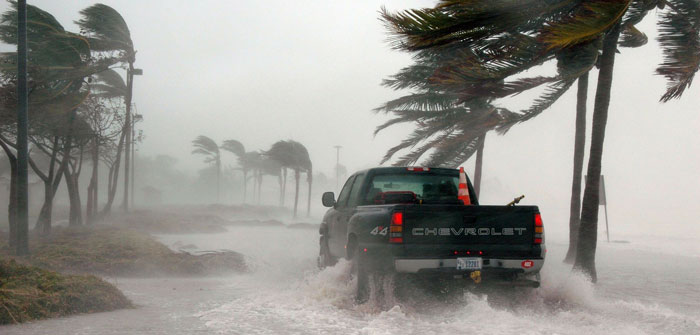One of the key features of the last three hurricane seasons in the USA has been record-breaking rainfall leading to devastating floods.
In 2017 rainfall brought by Hurricane Harvey caused catastrophic flooding in Houston and across Southeast Texas generally. The following year Hurricane Florence became the wettest tropical cyclone ever recorded in the Carolinas and this year Southeast Texas was again beset by record-breaking floods resulting from Tropical Storm Imelda.
A new study published in Nature partner journal Climate and Atmospheric Science sheds light on why this trend of wetter tropical storms is happening and why it is likely to continue with global warming.
Science already knows of one climate change-related factor that leads to wetter storms – increasing moisture from rising sea surface temperatures. However, according to current climate models, hurricane rainfall rates will increase up to twice as fast as would be expected due to this factor alone.
In a bid to solve this anomaly the research team from Princeton University began to look at the impact wind might have on rainfall, since observational studies have shown that storms with stronger winds tend to produce higher rainfall rates and climate models also predict that hurricane wind strength is likely to increase with climate change.
To test their theory the Princeton team analysed more than 4,000 simulated storms under current and future climate conditions. Their method revealed a clear correlation between wind, rainfall and global temperature rises.
“We found that not only did a storm’s holding capacity for water vapor increase because of global warming but also that the storms were getting stronger and contributing to higher rainfall rates,” said lead study author Maofeng Liu, a post-doctoral research associate in civil and environmental engineering at Princeton.



